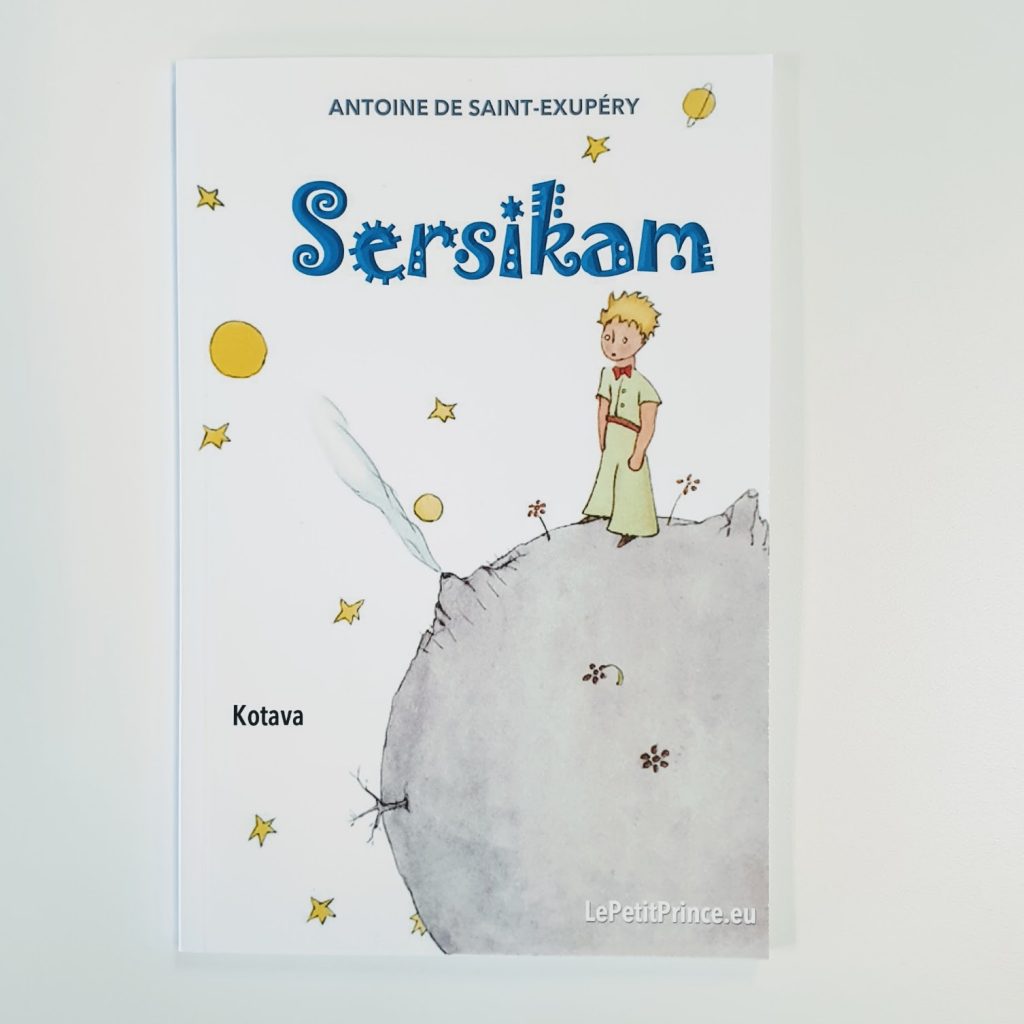
Sersikam — in Kotava
Kotava is a constructed international auxiliary language. It was created in the 1970s by Staren Fetcey, a French linguist and poet. The primary goal of Kotava is to serve as a means of communication among people from different linguistic backgrounds, fostering international understanding and communication.
Kotava’s vocabulary is largely constructed from elements of several natural languages, including French, English, Spanish, Russian, and many others. However, it also incorporates original roots and affixes to create a distinct and comprehensive vocabulary. It was designed to be culturally neutral, and its vocabulary draws from a wide range of languages, making it potentially accessible to speakers of many different native languages.
Kotava has a relatively simple phonological system with a limited number of consonant and vowel sounds. The language uses Latin script for writing, with additional diacritics to represent unique phonemes. It features a unique and complex agglutinative grammar, meaning that affixes are added to words to convey grammatical information. The language employs case markings, prefixes, infixes, and suffixes to indicate grammatical roles, tenses, moods, and other linguistic features.
The Kotava language has a small but dedicated community of speakers and learners, primarily in France and online communities. Efforts have been made to promote and teach the language, and resources are available for those interested in learning Kotava. While Kotava is not widely used in literature or media, some Kotava speakers and enthusiasts have created poetry, literature, and music in the language. As a constructed language, Kotava was intentionally created for practical purposes, aiming to facilitate international communication and understanding. While it has not gained widespread recognition or usage, it remains an interesting example of linguistic creativity and innovation.
Kotava’s complex grammatical structure and vocabulary make it a unique and ambitious project in the world of constructed languages. While it may not have achieved the level of adoption as some other constructed languages like Esperanto or Klingon, it continues to have a small but dedicated community of speakers and learners interested in its potential as a means of global communication.


